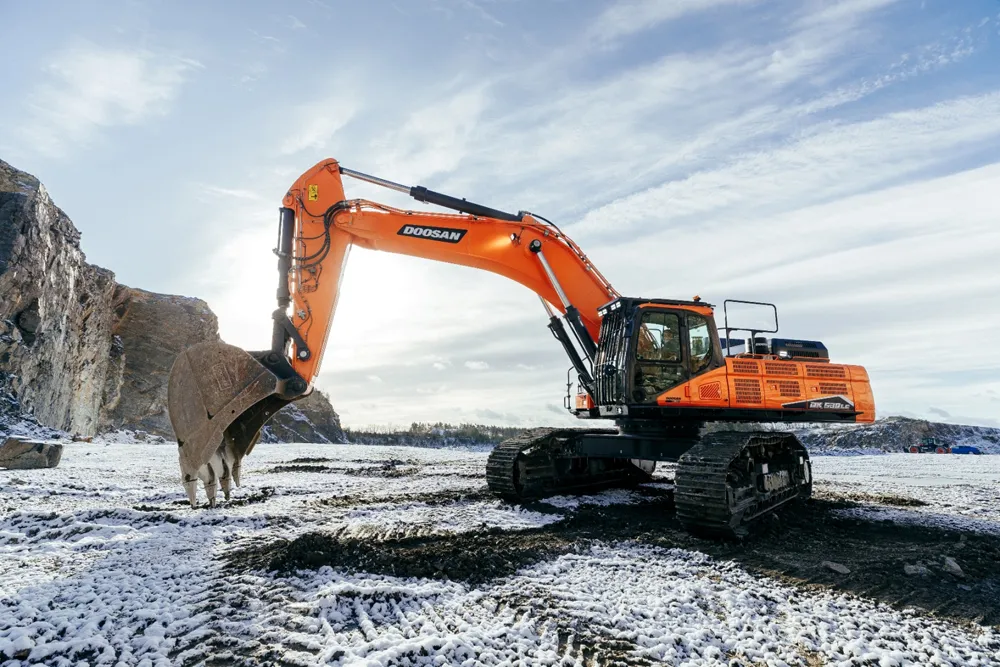Chinese firm Foshan is offering a novel new electromagnetic induction lamp system. This combines electronic, magnetic and light source technology. It does not have a filament and the electrode uses electromagnetic induction technology to generate an electromagnetic circuit in the lamp. By not using a traditional filament or electrodes, this avoids wear and is said to offer a long life-span.
February 17, 2012
Read time: 1 min

Chinese firm 1405 Foshan is offering a novel new electromagnetic induction lamp system. This combines electronic, magnetic and light source technology. It does not have a filament and the electrode uses electromagnetic induction technology to generate an electromagnetic circuit in the lamp. By not using a traditional filament or electrodes, this avoids wear and is said to offer a long life-span. Lamp life can last for 60,000-100,000 hours with low brightness declines. Light-efficient, the technology offers major energy savings over previously available lamps. The system has a working frequency of 140-250KHZ and eliminates flicker, reducing eye fatigue. The system is said to be safe as it does not use liquid mercury and reduces the risk of pollution in the event of breakage. The lamp is 99% recyclable and can be used in applications such as tunnels and urban construction projects.









